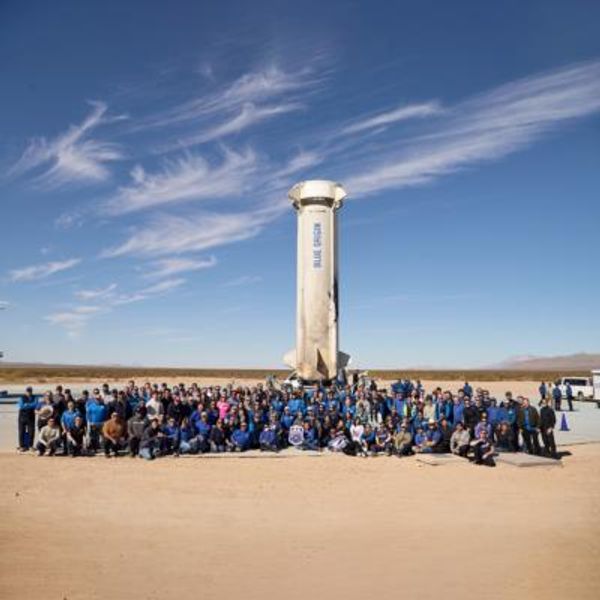
Elon Musk’s SpaceX appears to have punched a hole in parts of Earth’s atmosphere during a rocket launch two weeks ago.
A SpaceX Falcon 9 rocket commenced lift off from the Vandenberg Space Force Base in California on July 19. Onlookers were able to see a glowing exhaust plume from miles away. One photographer captured something even more spectacular.
Jeremy Perez photographed an alluring red shine in the sky shortly after the Falcon 9 rocket passed above the San Francisco Volcanic Field where he was watching the launch, according to a Spaceweather.com report.
“After the rocket passed overhead, a red fluorescent glow expanded southward and crossed over the Milky Way. It was visible for almost 20 minutes,” Perez said.

The radiant red light in the sky is reportedly a sign that the SpaceX rocket “punched a hole in the ionosphere,” a layer of earth’s atmosphere containing a high concentration of ions, electrons and charged molecules.
According to NASA, the ionosphere is where Earth’s atmosphere meets space. It forms a boundary between open space and the lower atmosphere, where we live and breathe. The ionosphere is constantly glowing and each atmospheric gas causes different airglow colors depending on several factors.
“This is a well studied phenomenon when rockets are burning their engines 200 to 300 km (984252 feet) above Earth’s surface,” Boston University space physicist Jeff Baumgardner said. “The red glow appears when exhaust gasses from the rocket’s second stage cause the ionosphere to recombine quickly.”

The report indicates that a similar red glow was seen in 2017 when a SpaceX rocket created a hole that was four times the size of California. In 2022, one of the company’s Falcon 9 rockets blasted through the thin atmospheric layer and created a similar effect, which many mistook for northern lights.
After reviewing footage of the July 19 launch, Baumgardner noted that the Falcon 9 rocket’s second stage engine was burning at 286 km (938320.24 feet) near the ionosphere’s F-region.
“So, it is quite possible that an ionospheric ‘hole’ was made,” he said.
Produced in association with Benzinga







